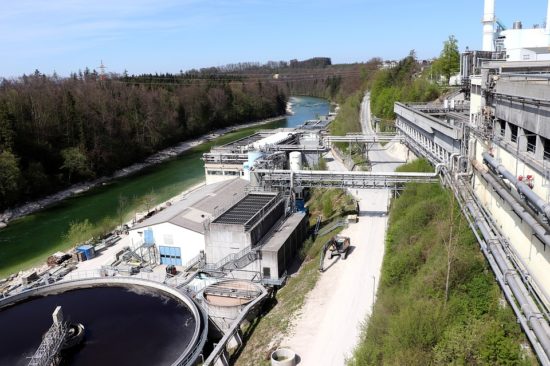Using sewage for surveillance of antimicrobial resistance
Antimicrobial resistance (AMR), a cross-cutting and increasing threat to global health, is a complex problem with multiple and interconnected drivers. Reliable surveillance data that accurately describe and characterize the global occurrence and distribution of AMR are essential for tracking changes in resistance over time, setting national and global priorities, assessing the impacts of interventions, identifying new kinds of resistance, and supporting investigation of (international) outbreaks of resistant pathogens. AMR surveillance data can also inform development of treatment guidelines. Yet it has proven difficult to achieve these objectives on a global scale, and especially in low- and middle-income countries (LMICs), largely because current surveillance systems deliver data that are extremely variable in quality and quantity and highly heterogeneous in terms of which population is sampled (usually a category of hospital patients) and what drug-bug combinations are included.
AMR NEWS
Your Biweekly Source for Global AMR Insights!
Stay informed with the essential newsletter that brings together all the latest One Health news on antimicrobial resistance. Delivered straight to your inbox every two weeks, AMR NEWS provides a curated selection of international insights, key publications, and the latest updates in the fight against AMR.
Don’t miss out on staying ahead in the global AMR movement—subscribe now!





